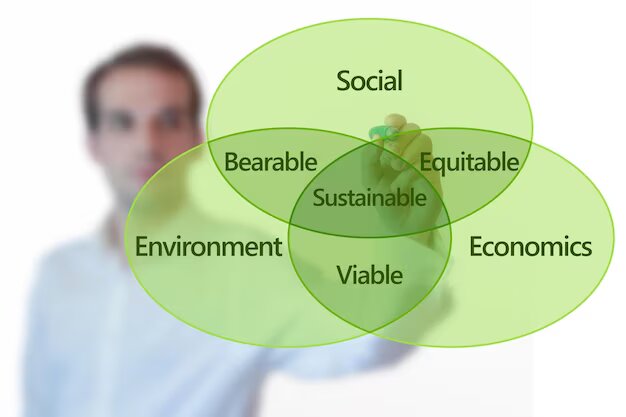Sustainable Textile Awareness Campaign: Join Us in Spreading the Message

Explanation of the Sustainable Textile Awareness Campaign
Sustainability has become a pressing global issue, and the textile industry plays a significant role in the environmental impact. In response to the fast fashion culture, a Sustainable Textile Awareness Campaign has been launched to promote responsible practices within the industry. This blog post aims to shed light on the campaign’s importance and how you can actively participate in spreading the message for a more sustainable future.
The Sustainable Textile Awareness Campaign is an initiative aimed at raising awareness about the environmental and social impact of textile production and consumption. It seeks to educate consumers, brands, and policymakers about the need for more sustainable practices in the industry. By fostering a sense of responsibility, the campaign aims to bring about positive changes in the way textiles are produced, used, and discarded.
Importance of Promoting Sustainable Practices in the Textile Industry

The textile industry is known for its resource-intensive processes and significant contribution to pollution and waste. Promoting sustainable practices is vital to minimize these adverse effects on the environment and communities. By adopting eco-friendly materials and production methods, the industry can reduce its carbon footprint and create a positive impact on the planet.
Introduce the Purpose of the Blog Post and Call to Action

Throughout this blog post, we will delve into the environmental consequences of fast fashion, the benefits of embracing sustainable textiles, the role of consumers in driving change, and the actions you can take to support the Sustainable Textile Awareness Campaign. Together, let’s make a difference in the textile industry and pave the way for a more sustainable future.
Explanation of Fast Fashion and Its Popularity

Fast fashion refers to the rapid production and consumption of inexpensive, trendy clothing, driven by constant updates to cater to consumer demands. This phenomenon has gained popularity due to its affordability and the ability to quickly imitate high-end fashion designs. However, its consequences are far-reaching and concerning.
Environmental Consequences of Fast Fashion :The fast fashion industry is notorious for generating substantial environmental damage. From water pollution caused by dyeing processes to the massive amount of textile waste ending up in landfills, the negative impact is alarming. Additionally, the use of non-biodegradable synthetic materials exacerbates the environmental burden.
Connection Between Consumer Demand and Fast Fashion’s Negative Impact:Consumer behavior, driven by a desire for cheap and ever-changing clothing options, fuels the fast fashion industry. As consumers, our choices have a profound impact on the environment and the labor conditions of textile workers. Raising awareness about these connections is crucial to driving positive change.
Statistics and Data to Highlight the Severity of the Issue

The statistics surrounding fast fashion’s environmental impact are eye-opening. By presenting concrete data on water usage, greenhouse gas emissions, and waste generation, we can better understand the urgency of transitioning towards sustainable textile practices.
Examples of Sustainable Textile Materials: Numerous sustainable textile materials exist, including organic cotton, bamboo, Tencel, hemp, and recycled fibers. Each material has its unique properties and advantages, offering consumers a wide range of options to choose from.
Educating Consumers About the Impact of Their Clothing Choices: Educating consumers about the consequences of their clothing choices is the first step towards fostering a more sustainable fashion culture. By understanding the ripple effects of their purchases, individuals can make more informed and responsible decisions.
Embracing Sustainable Textile Practices

Sustainable textiles encompass a range of eco-friendly materials and manufacturing processes that prioritize environmental and social responsibility. Understanding the core principles of sustainability in textiles helps consumers make informed choices and supports responsible brands.
Encouraging Conscious Consumer Behavior: Promoting conscious consumer behavior involves encouraging consumers to buy less, buy better-quality items, and opt for sustainable alternatives. This shift in mindset can lead to a more responsible and thoughtful approach to fashion consumption.
How to Extend the Lifespan of Clothing and Reduce Waste: Extending the lifespan of clothing items through proper care and repair can significantly reduce textile waste. We’ll offer guidance on maintaining garments and how to dispose of unwanted clothing responsibly.
By following this outline and creating a well-structured and informative blog post, we can effectively raise awareness about sustainable textiles and inspire positive change within the textile industry. Together, we can make a lasting impact on the environment and future generations.
